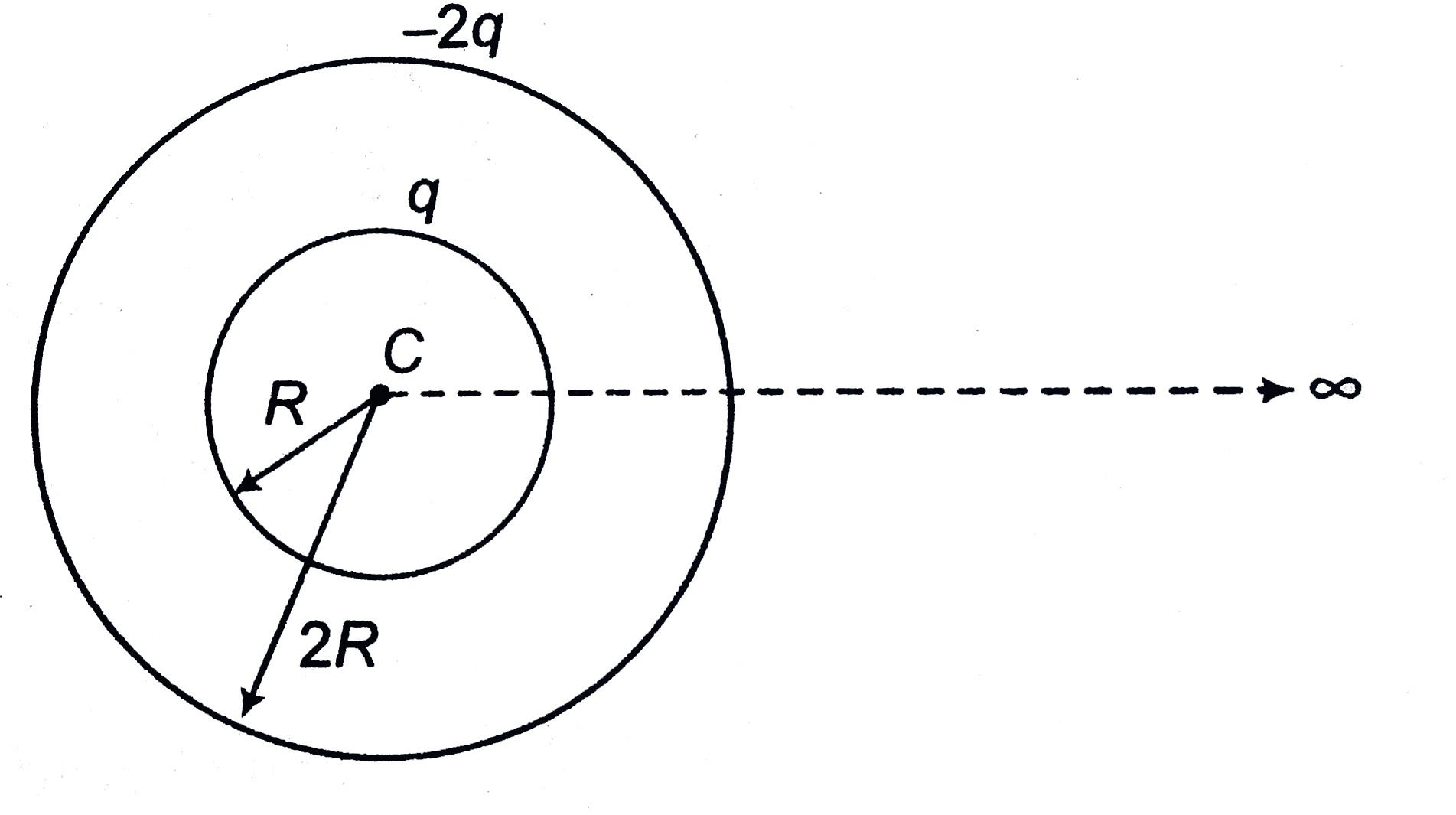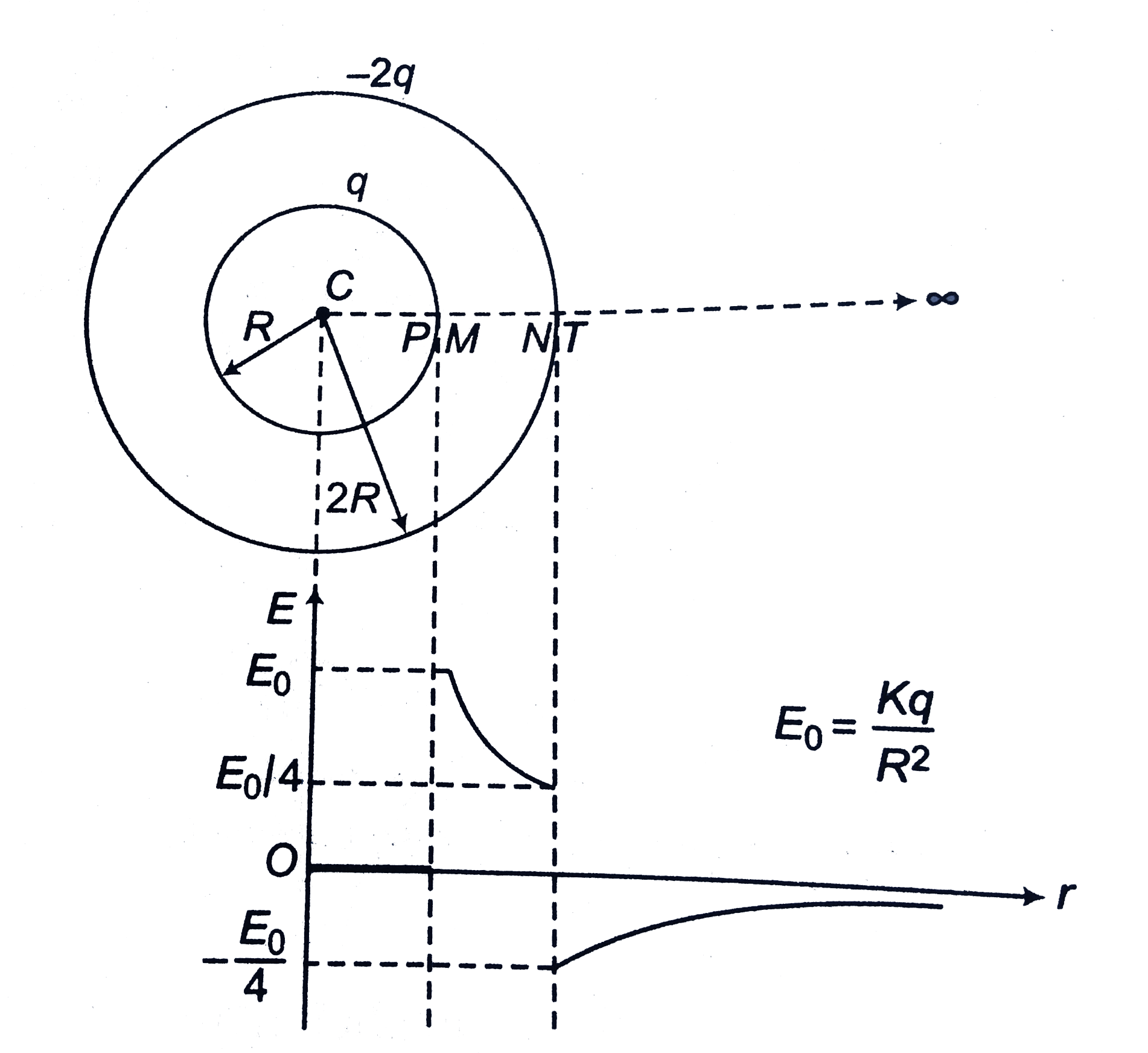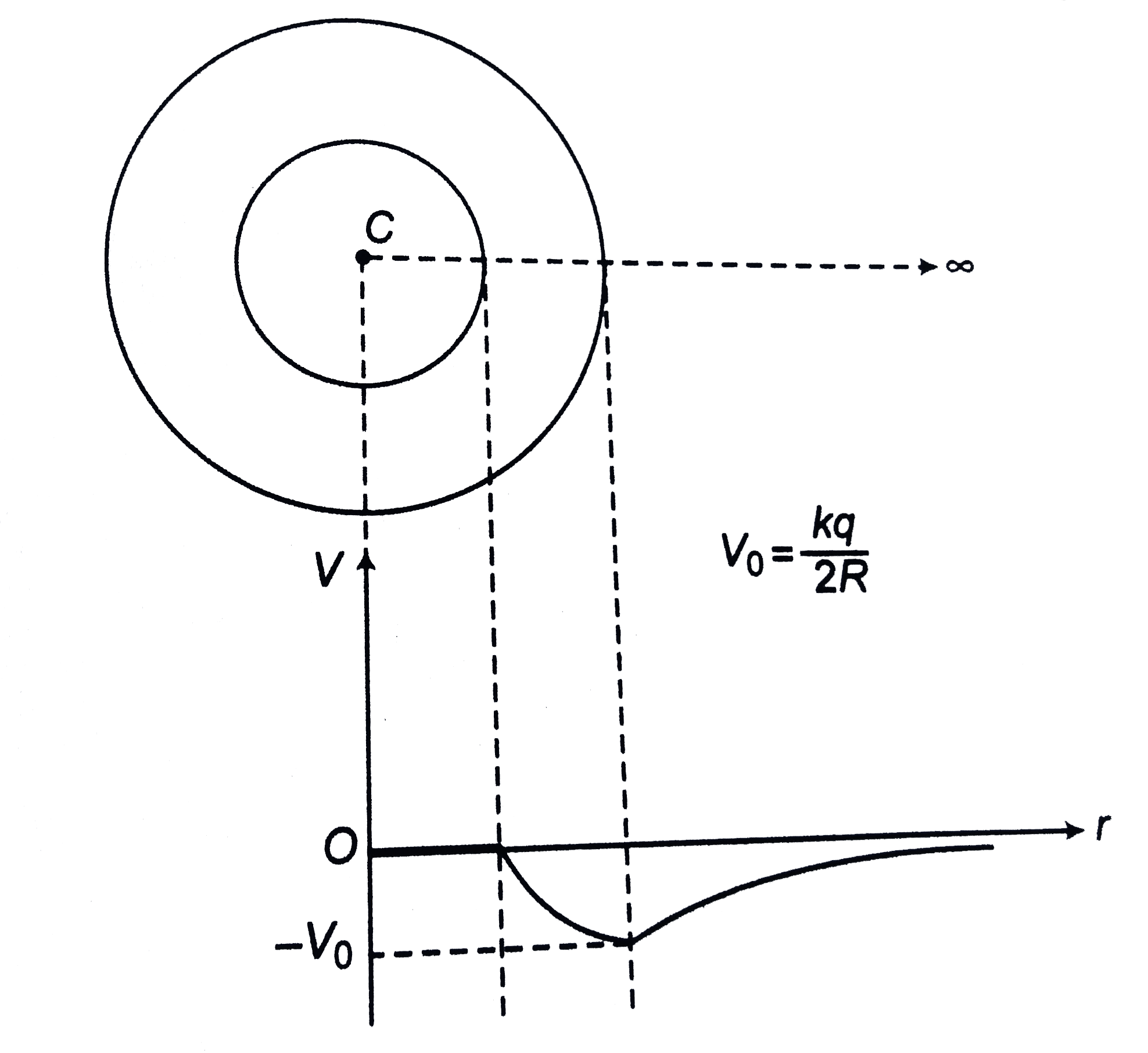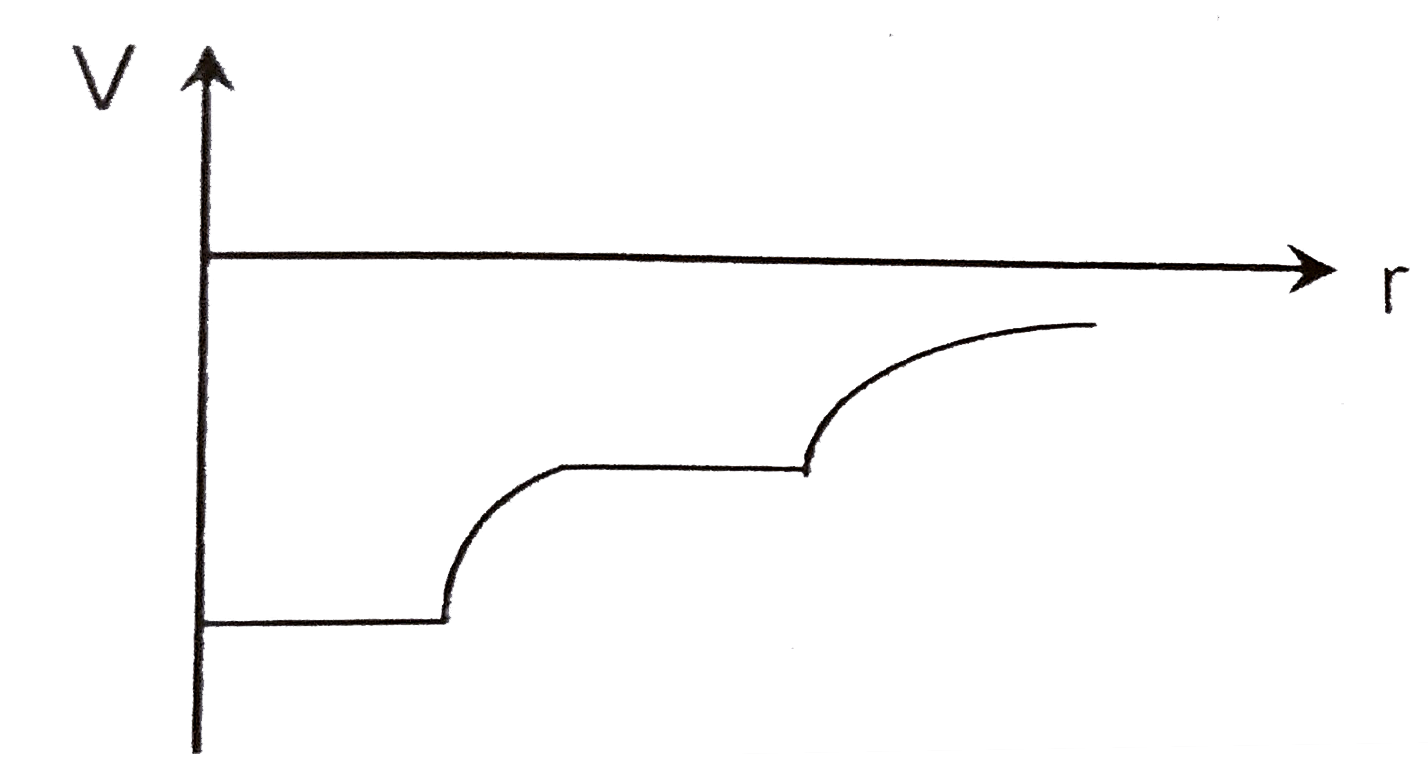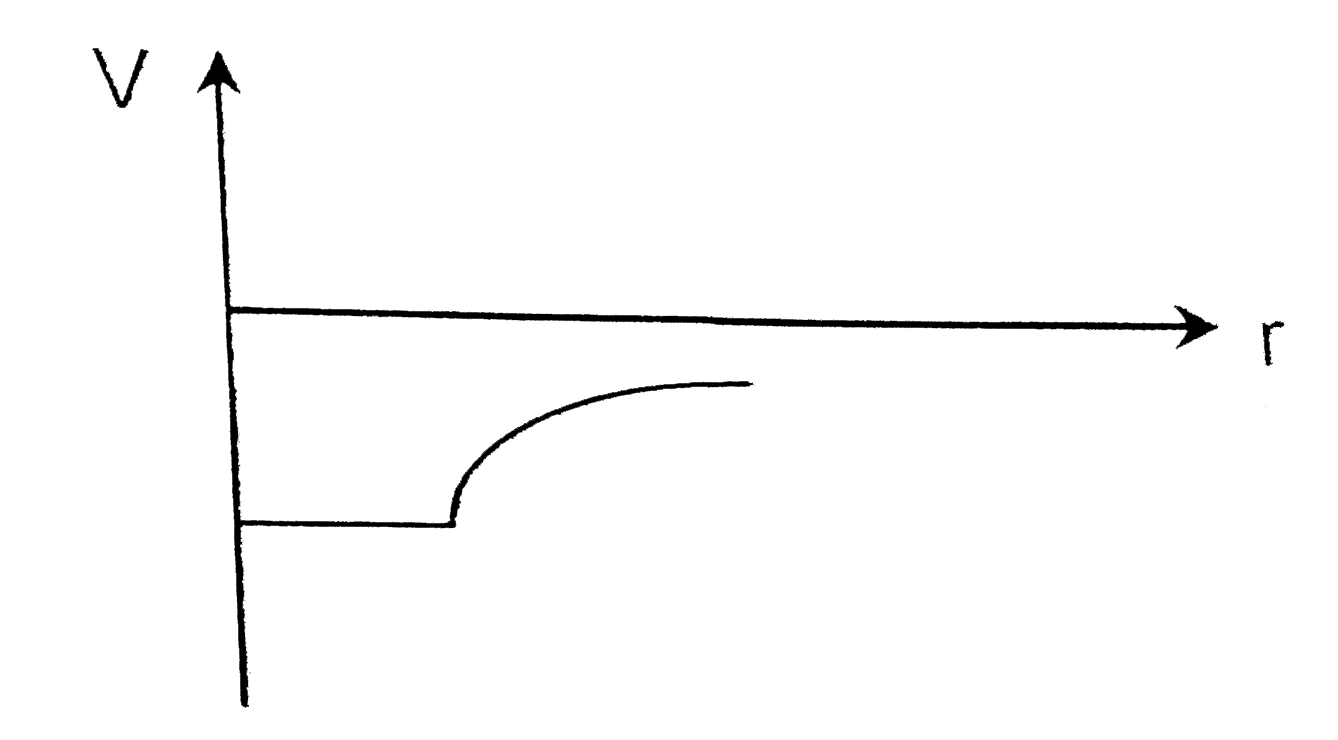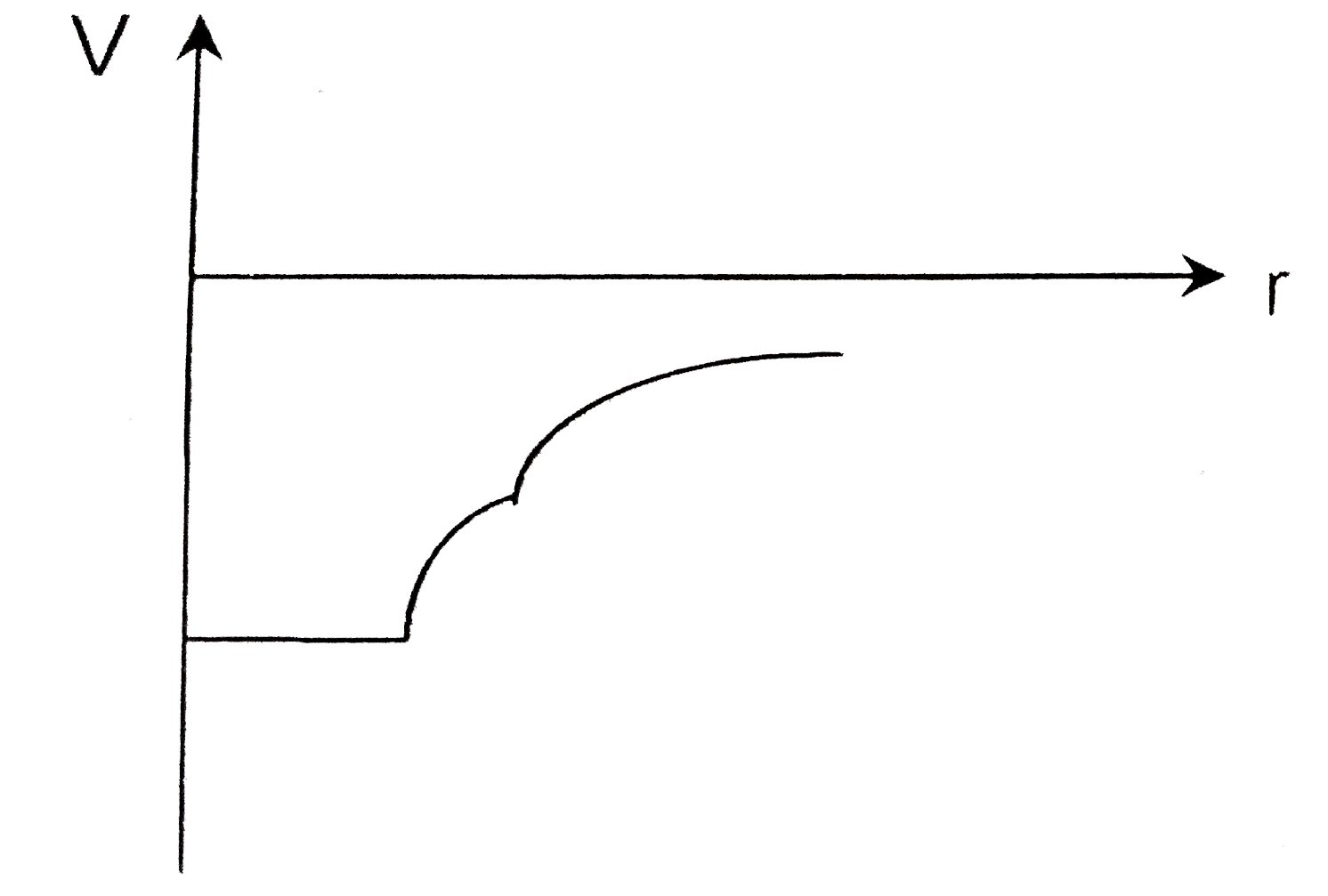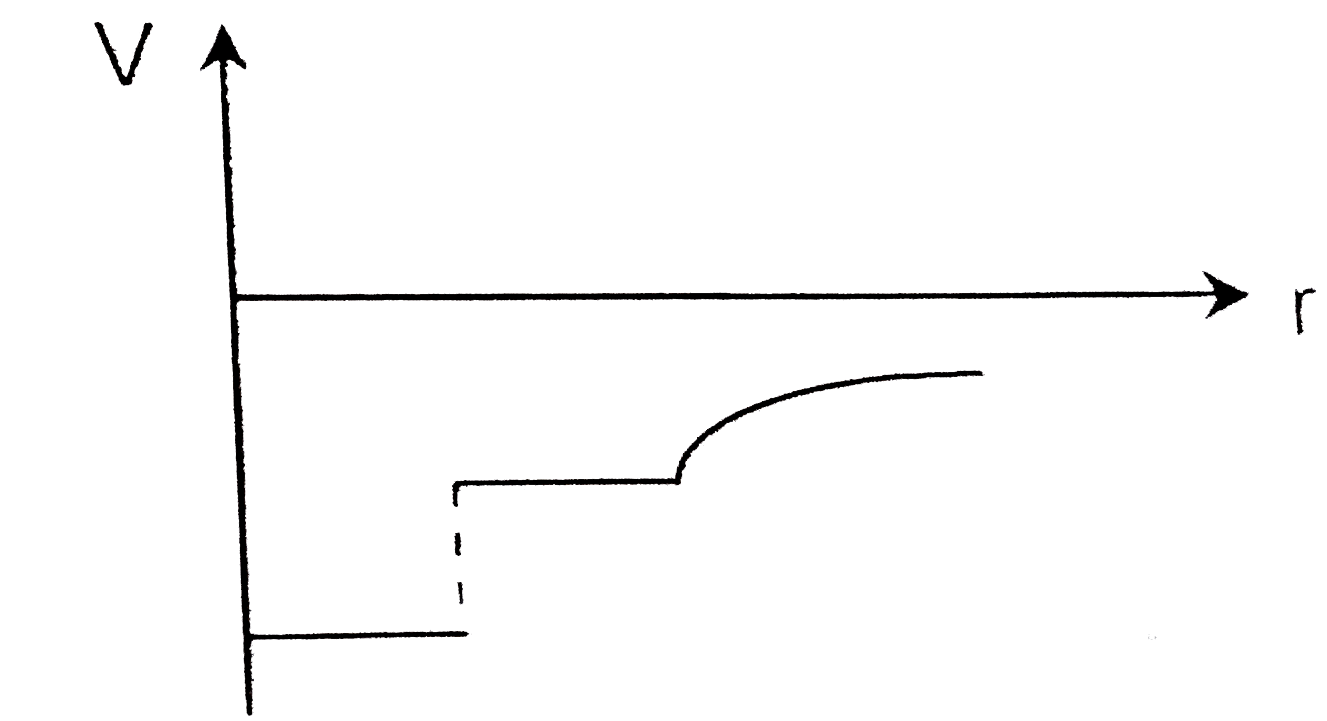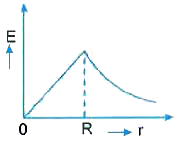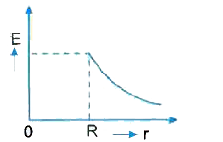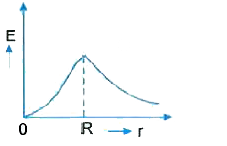Text Solution
Verified by Experts
|
Topper's Solved these Questions
ELECTROSTATICS
DC PANDEY|Exercise Exercise 24.1|4 VideosView PlaylistELECTROSTATICS
DC PANDEY|Exercise Exercise 24.2|9 VideosView PlaylistELECTROSTATICS
DC PANDEY|Exercise Example Type 8|3 VideosView PlaylistELECTROSTATIC POTENTIAL AND CAPACITORS
DC PANDEY|Exercise (C) Chapter exercises|50 VideosView PlaylistGRAVITATION
DC PANDEY|Exercise All Questions|120 VideosView Playlist
Similar Questions
Explore conceptually related problems
Knowledge Check
A
B
C
D
Submit
A
B
C
D
Submit
A
B
C
D
Submit
Similar Questions
Explore conceptually related problems
DC PANDEY-ELECTROSTATICS-Level 2 Single Correct
- A point charge q is placed on the apex of a cone of semi-vertex angle ...
03:08
|
Play - Draw E-r and V-r graphs due to two point charges + q and -2q kept at s...
14:08
|
Play - Draw E-r and V-r graphs due to two charged spherical shells as shown i...
15:24
|
Playing Now - An electron with a speed 5.00xx10^6 m/s enters an electric field of ma...
13:24
|
Play - A charged particle of mass m=1 kg and charge q=2muC is thrown for a ho...
06:23
|
Play - Find the potential difference V(AB) between A(2m, 1m, 0) and B(0, 2m, ...
03:00
|
Play - Find potential difference V(AB) between A(0,0,0) and B(1m,1m,1m) in an...
06:55
|
Play - An electric dipole of dipole moment p is placed in a uniform electric ...
02:48
|
Play - Two identical thin ring, each of radius R meters, are coaxially placed...
05:28
|
Play - Five point charges, each of value +q coul, are placed on five vertices...
03:29
|
Play - A point charge q1=9.1muC is held fixed at origin. A second point charg...
04:02
|
Play - A point charge q1 =-5.8muC is held stationary at the origin. A second ...
02:44
|
Play - A uniformly charged thin ring has radius 10.0 cm and total charge +12....
07:45
|
Play - Two points A and B are 2 cm apart and a uniform electric field E acts ...
02:29
|
Play - An alpha particle with kinetic energy 10 Me V is heading toward a stat...
05:27
|
Play - Three point charges 1C, 2C and 3C are placed at the corners of an equi...
02:24
|
Play - Consider a spherical surface of radius 4 m cenred at the origin. Point...
04:56
|
Play - The intensity of an electric field depends only on the coordinates x a...
06:34
|
Play - Find the electric field caused by a disc of radius a with a uniform su...
13:27
|
Play - A non-conducting disc of radius a and uniform positive surface charge ...
19:24
|
Play
